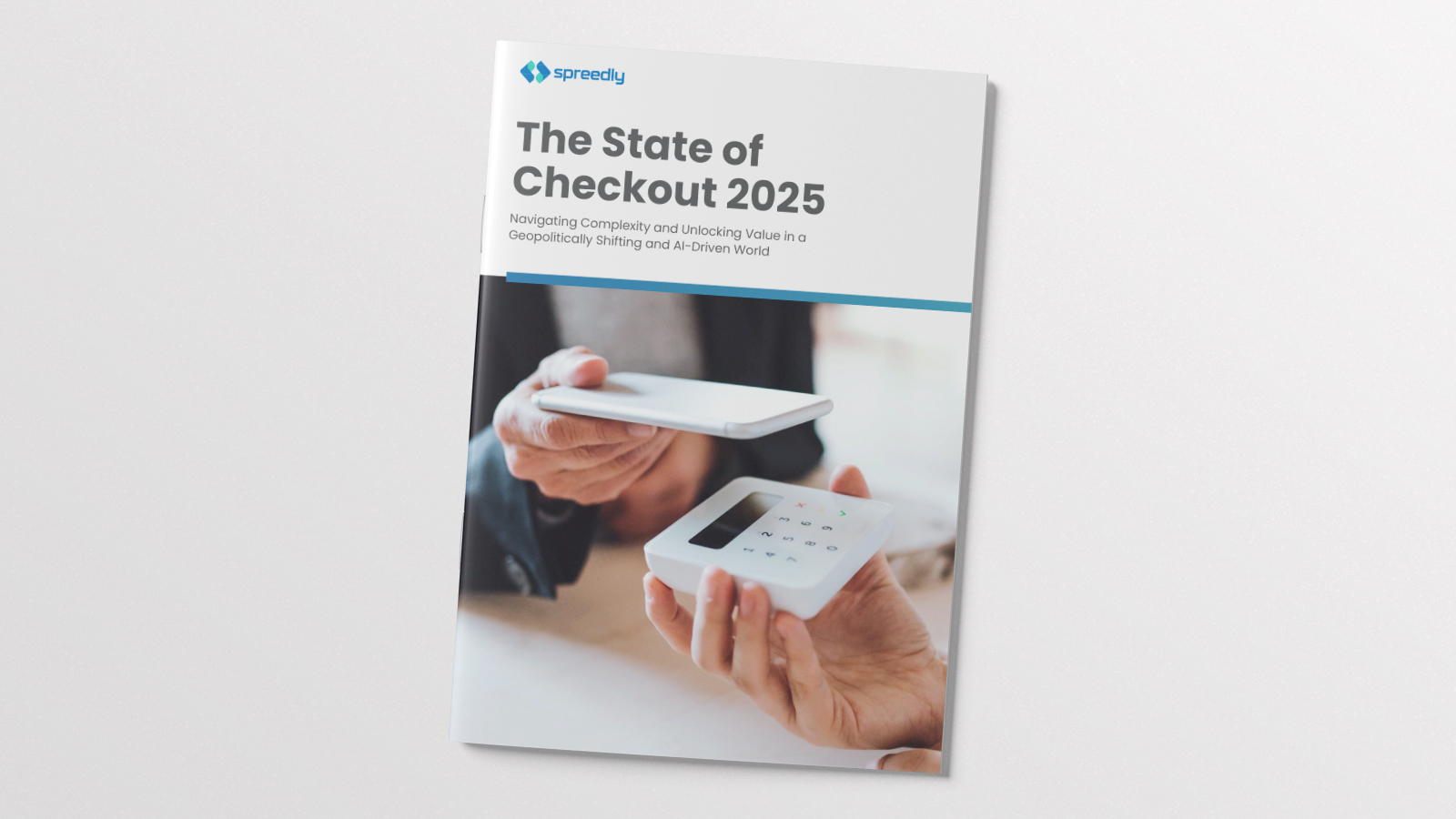
A prevalent theme in numerous recent discussions with leaders, collaborators, and clients in the fintech and payment sectors revolves around the ambiguity surrounding the concept of Payments Orchestration. Unsurprisingly, with so much momentum currently behind orchestration and its impact on payments, many providers have begun to link their brands to the term. In many cases there may be a weak link to the core value proposition of orchestration.
This blurring of the definition of payments orchestration has created a lot of confusion in the industry. Confusion makes solution identification, evaluation, and decision making harder on merchants. Extended assessment periods arise when it becomes necessary to dissect messaging from the inherent value delivered by individual solution providers.
The good news? It’s worth persevering.
Astute merchants, platforms, and aggregators are progressing with orchestration and harnessing the benefits of a promptly accessible payments ecosystem to the fullest extent.
Defining Payment Orchestration
So what truly qualifies as payment orchestration? Given the significant amount of definitions of orchestration now out in the market, it is no wonder payments pros are confused.
“…payments orchestration is about moving transactions along the most efficient route.”
Digital Transactions News. “Digital Transactions April 2023”. April. 2023.
“All the (orchestration) vendors included in this Market Guide with a primary architecture of multiprocessor classify their offerings as such, although no market standard definition exists for the term, and different vendors use it to denote different technical capabilities.” Source
Gartner. “Market Guide for Digital Commerce Payment Vendors”. December 2022.
“To meet our definition of payments orchestration, the platform must support all processing connections through a single API, support dynamic routing (also known as cascading) without additional code, provide an end- user tool to configure routing rules, and provide the necessary data elements to log and audit the state of each transaction.” Source
Paladin. “Paladin Vendor Report”. 2022.
“...the payment orchestrator provides one API for the merchants to interact with the payments ecosystem. In particular, the payment orchestrator enables smart routing to improve transaction success and sales conversion. It also helps with optimizing transaction fee structure as it is acquirer-agnostic.” Source
Linkedin, Hua Li. “What is Payment Orchestration?”. May 2022.
Part of these varying definitions come down to many organizations still being fairly early in the orchestration adoption curve. Though it is certainly exciting to see industry-wide recognition building up around payment orchestration, we see some liberal use of the term “orchestration” with solution providers using the label on any and all payment-related services.
The key to true payment orchestration is interconnectivity — to offer end-to-end payment orchestration, connections to a broad range of services provided by many different suppliers are a must.
In a previous article, I discussed the basics of payment orchestration and payment optimization. To quickly recap, the definitions are as follows:
- Payment Orchestration is the process of expanding the reach of a payment stack by assembling all the necessary components to intelligently manage payments and ensure the capture of every legitimate transaction.
- Payment Optimization aims to improve individual transaction outcomes by deconstructing and analyzing the components of individual transactions to improve outcomes.
True agnostic payments orchestration focuses on enabling, optimizing, and analyzing payments across multiple PSPs. Merchants and merchant aggregators that value independence and the flexibility to use whichever payment service is best for their particular needs lean into this type of orchestration. It’s independent because the platform supports numerous PSPs, fraud tools, alternative and local payment methods, and other services, while remaining agnostic about which services the user leverages.
Why does independence matter? It’s important because it allows a user to select the right mix of services from across the entire ecosystem. They aren’t forced into a walled garden of solutions that are approved (and priced) by the orchestrator. Instead, a company can experiment with new vendors, or change up their mix if they are unhappy with the service provided by a particular vendor.
Independence is also helpful because it provides a significant source of data and insight for companies. Agnostic orchestrators can, by their nature, gather authorization rates, latency times, and other intelligence across payment services globally. That insight helps companies better choose which payment services they want to work with.
In the Paladin Vendor Report - Payment Systems Spring 2023 the group details how orchestration is designed to support a payments stack with this breakdown,
“We see three (orchestration) philosophies at work: pure technology plays, pure Payment Service Providers, and hybrids. In previous versions, this report has solely focused on Payment gateways/switches/hubs. They were pure technology plays. These platforms now assume a new moniker: payments orchestration platforms, or POPs. To meet our definition of payments orchestration, the platform must support all processing connections through a single API, support dynamic routing (also known as cascading) without additional code, provide an end- user tool to configure routing rules, and provide the necessary data elements to log and audit the state of each transaction. POPs argue that their solutions are the most straightforward and that the best architectural solution is to abstract the payments layer to the periphery of the core technology stack.”
Anyone operating an ecommerce business that sends and receives payments can benefit from payment orchestration. At Spreedly, we are fortunate enough to have a diverse mix of customers – ranging across large, global merchants, SMBs, merchant aggregators, and fintechs. Common across all of them is a belief that the payments industry is best served through a diverse and inclusive payments ecosystem which welcomes many players – facilitated by orchestration.




